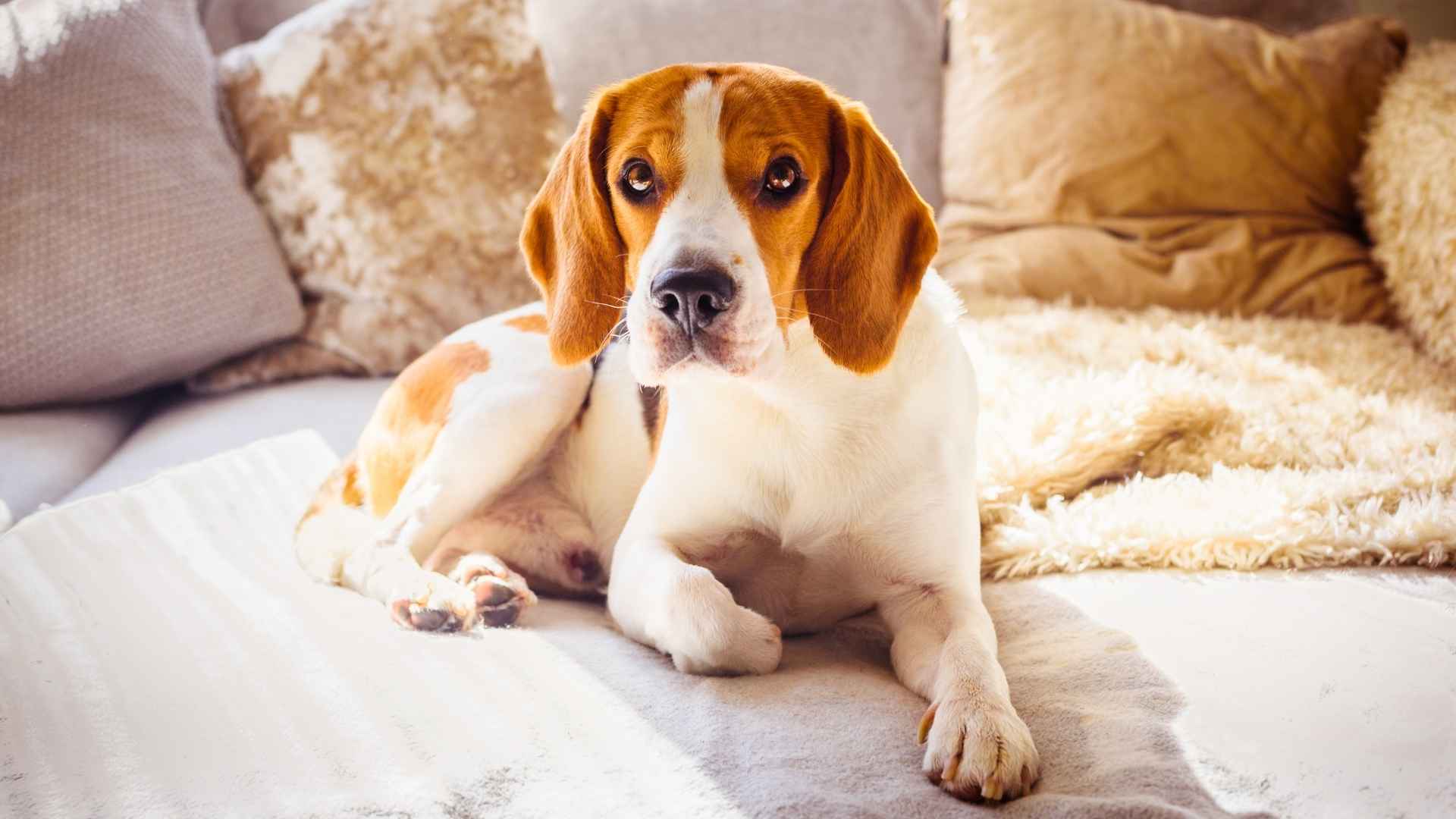Ever tried making your dog sit in the car only to be met with a look that says: ‘I would rather wrestle a vacuum cleaner?’ You are not alone.
The American Kennel Club says that dogs can suffer from nausea due to motion sickness, leading to car-related anxiety. While some pups are born road warriors, others treat car rides like a trip to monster land.
In this blog, we will explore 7 dogs that would rather stay grounded than go for car rides. Buckle up as we dive into the world of canine car ride aversion with a sprinkle of humor.
Dog Breeds That Aren’t Fans of Car Rides
1. Boxer
Ah, the Boxer, muscular, energetic, and always ready for a game of fetch. But mention a car ride, and suddenly, they are channeling their inner drama queen.
Despite their athletic power, these dogs are surprisingly sensitive souls. The combination of sounds, vibrations, and unfamiliar scents inside a moving vehicle can overwhelm them, leading to stress-induced motion sickness.
Their expressive faces may fool you into thinking they are excited, but that drool is not anticipation. It is nausea. And while they may jump into the car with enthusiasm, the vehicle’s trips often tell a different story.
Their short snouts don’t help either, making it harder for them to regulate breathing when anxious. However, with gradual adaptation, positive reinforcement, and perhaps a window seat to enjoy the car trips, they may become comfortable.
2. Border Terrier
Meet the Border Terrier. Small in size but big in personality. These little adventurers are always up for a chase, unless that chase involves a moving vehicle.
The Border Terrier Club of America mentions that these dogs are extremely sensitive to sounds and motion, leading to sensory overload.
However, with patience and a bit of positive reinforcement, your Terrier can learn to tolerate, if not enjoy, car journeys. Elevated booster seats can provide better support for them.
And always ensure your car environment is calm and comfortable. Remember, for these cheerful pups, it is not about the destination, it is about making the journey less bumpy.
3. Border Collie
The Border Collie is an independent genius in fur and always ready to face difficult situations. But them in a car? Not a good idea. Their brilliant minds may work against them in a car.
Their acute awareness and sensitivity mean that every passing car, honking horn, or sudden stop is noted, which can often cause lots of problems.
Their boundless energy, when confined to the backseat, can manifest as restless behavior. And if they have had a previous unpleasant car experience, they will never forget it.
It is important to provide comfort to your dog in the car. Consider regular short trips to fun destinations, so they develop a positive association. Keep interactive toys and treats in the car. Avoid visiting the vet by vehicle too often!
4. Pug

Pugs are the squishy-faced comedians of the canine world. Their expressive eyes and snorting giggles melt hearts. But when it comes to vehicles, their enthusiasm is gone!
Dr Treat says that pugs have a brachycephalic (flat-faced) structure, which makes breathing a challenge, especially while in the vehicle. It is a common problem in pugs.
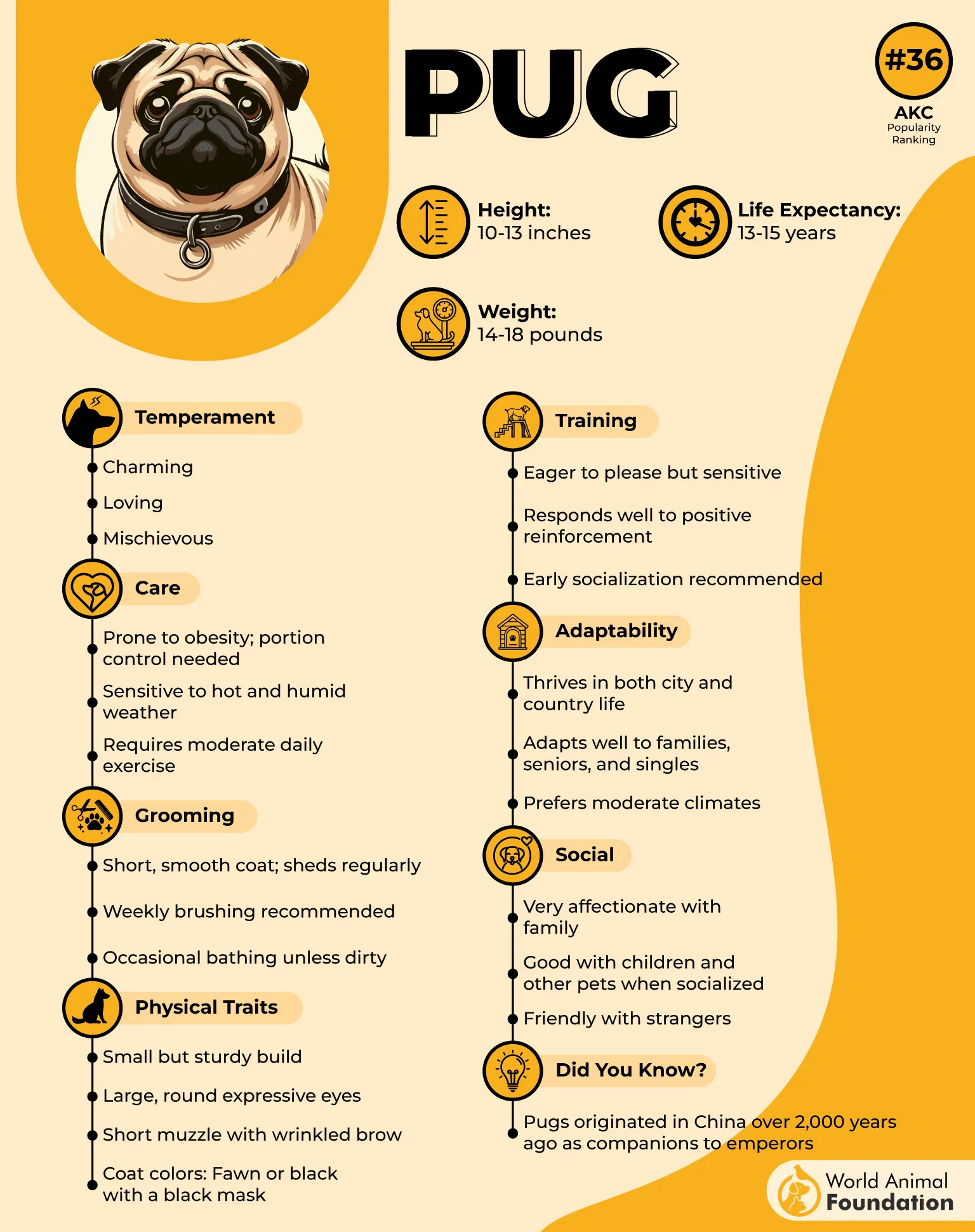
They may start the trip with excitement, but it often ends with drool, whining, and a vow of never ever entering a car again.
To provide comfort to them, ensure the vehicle is well-ventilated and cool. Small, frequent trips can make them habitual to riding in a car. Always have a towel and loads of treats on hand. With a pug, it is better to be safe than sorry.
5. Greyhound
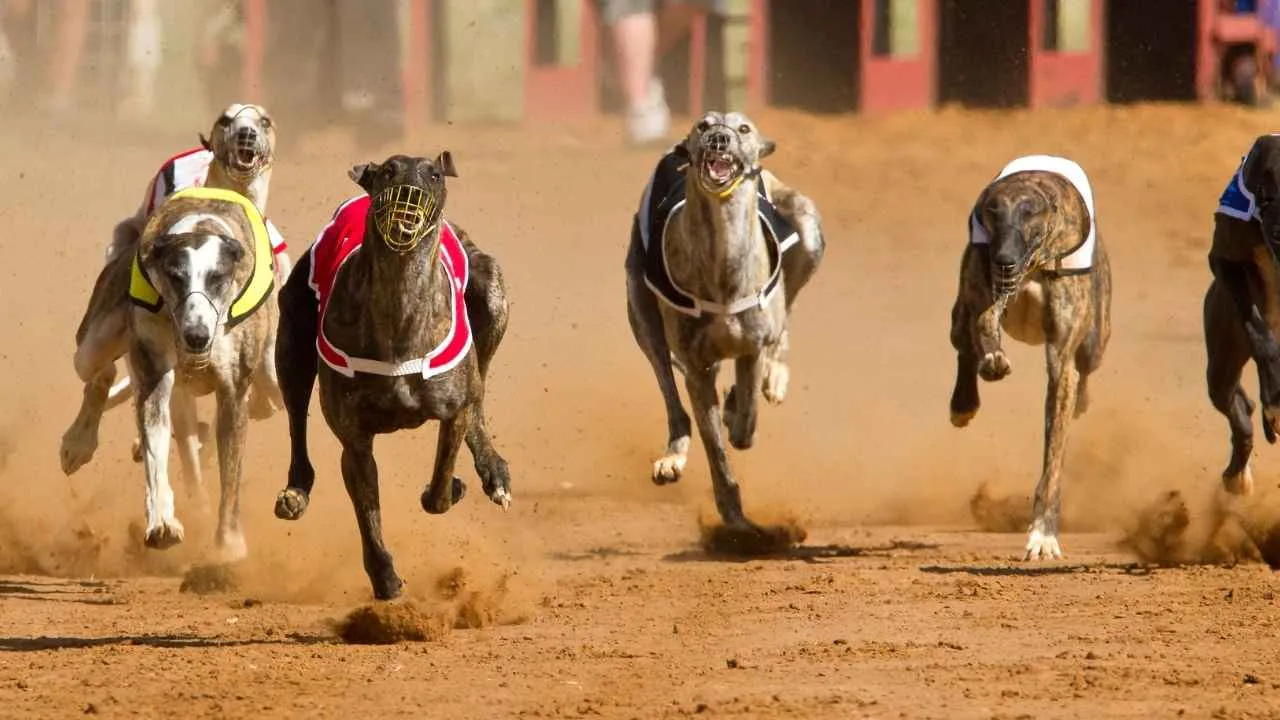
Although built for speed, but cannot handle a car’s speed. These dogs are the supermodels of the dog world. But their slim build makes it challenging to find a comfy position in a moving vehicle, leading to restlessness.
Moreover, they have a sensitive nature. The unfamiliar sensations, the vibrations, sounds, and motion can be overwhelming for them.
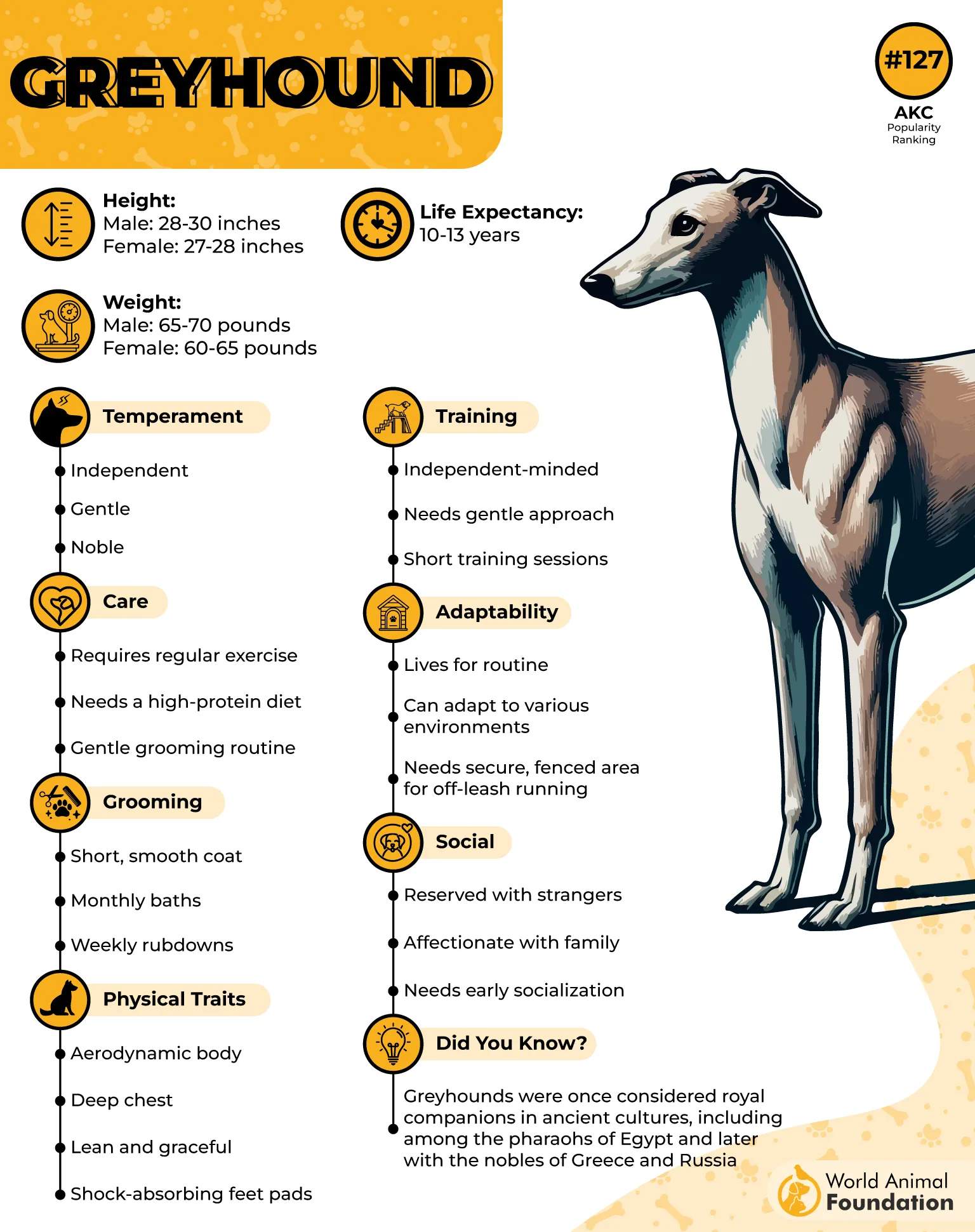
However, with the right approach, these dogs can become great travelers. Providing a cushioned space, perhaps with their favorite blanket, and loads of treats can help them calmly sit in the vehicle.
Gradual exposure, beginning with small trips, can help. Remember, patience is key. With time, Greyhounds will adapt to vehicle rides.
6. Beagle
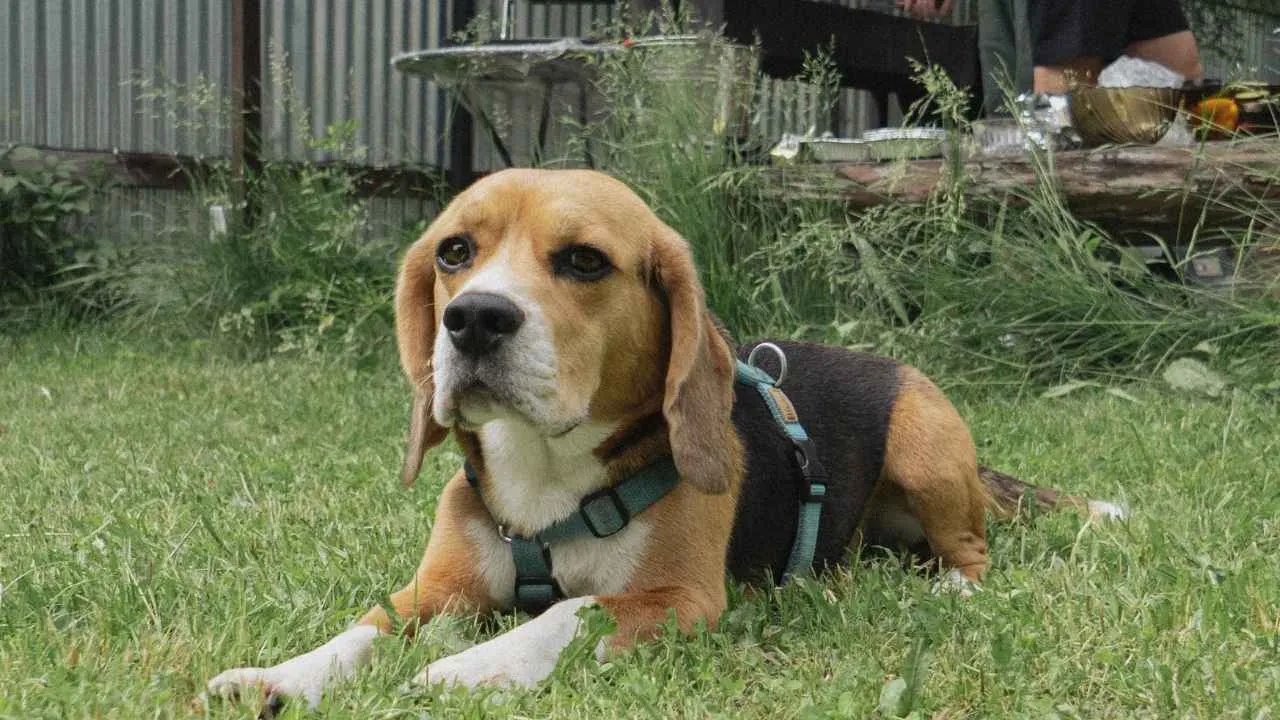
Beagles are the merry little dogs with noses that never quit. Their cuteness makes them receive love from everyone. Moreover, their kind nature is unmatchable.
Many Beagles, however, suffer from motion sickness. Their small stature means they cannot see out of the windows, leading to a disconnect from the outer world. It makes it difficult to have a good time in the car.
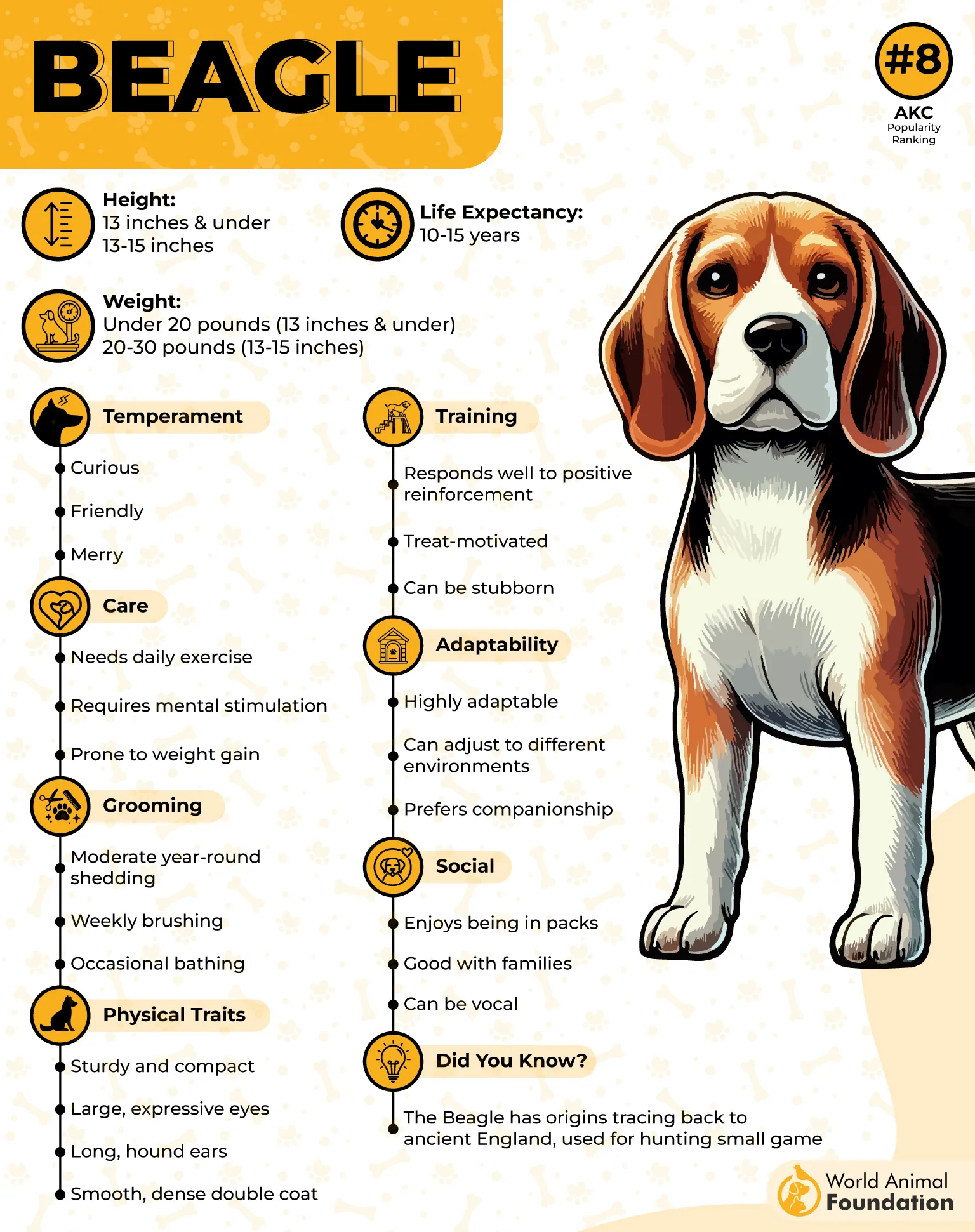
To help your Beagle reach the window, try a booster seat to elevate them. Ensure the car is well-ventilated. Some dogs can associate the car with negative things, like visiting the vet, making it difficult for them to sit calmly.
Small, positive rides can help recondition their association with vehicle rides. With consistency, kind training, and care, your dog may just become your favorite travel buddy.
7. Pekingese
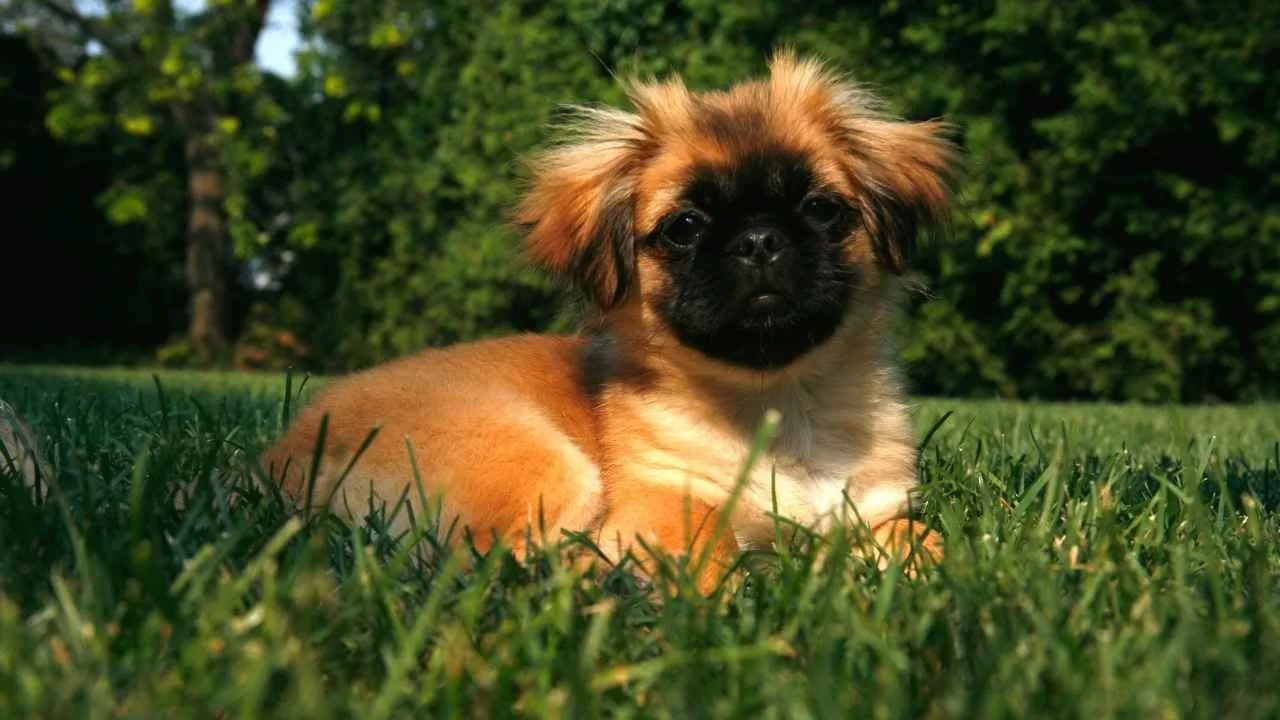
Pekingese have received love from the royals and have spent a good time being the lap dogs due to their compact size. They were developed to be carried in ancient times.
Their flat faces make breathing a challenge, especially in stressful situations like a moving vehicle. Add to that their stubborn streak, and you have a got a dog that is not easily convinced even with loads of persuasion.
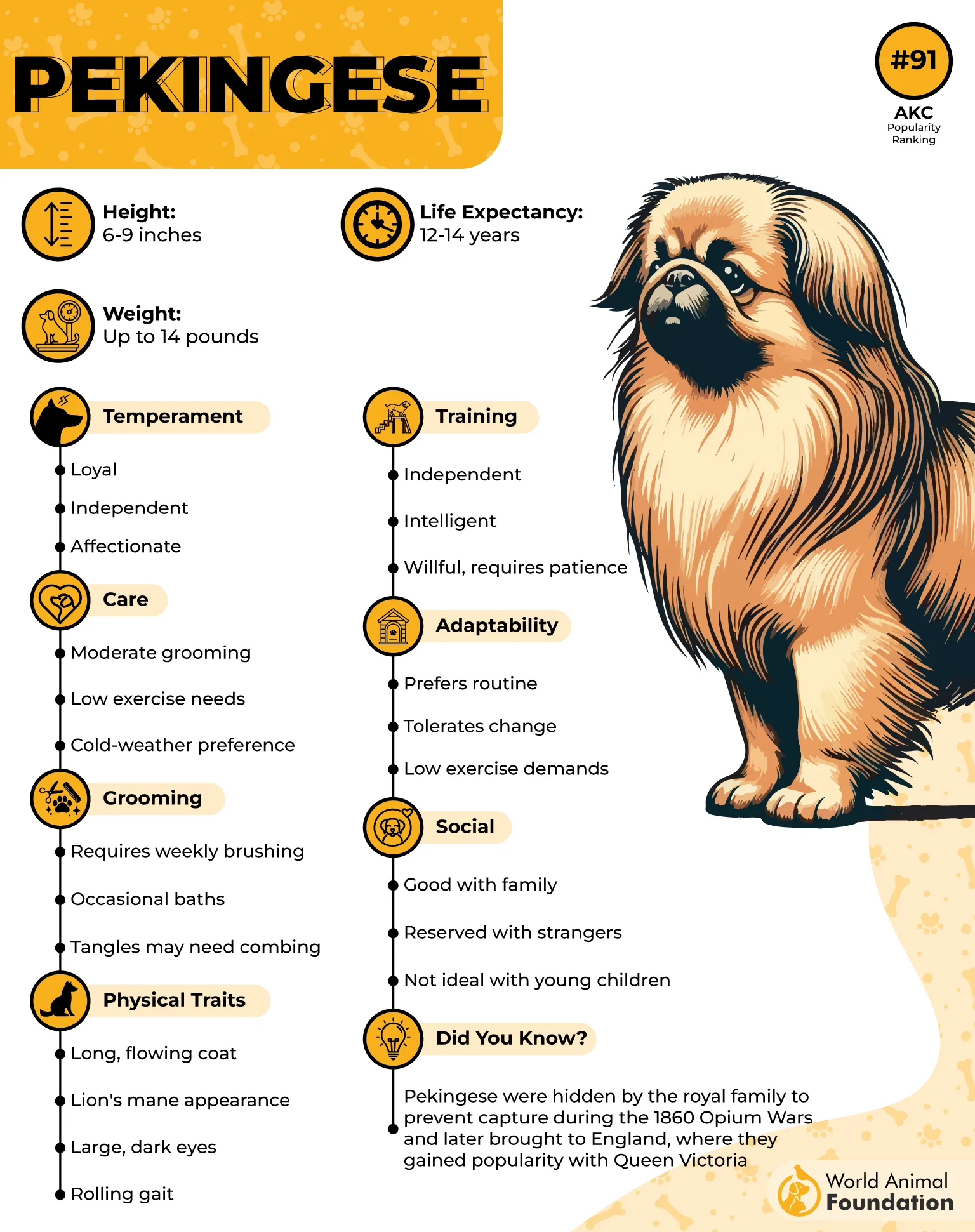
They may pant excessively, drool, or even become agitated during the ride. Their preference? A cozy spot at home, preferably a velvet cushion. However, if travel is necessary, ensure the vehicle is cool and quiet.
A comfortable carrier can provide a sense of security. Keep them engaged by talking to them. Short trips with positive outcomes, like visits to fun places as parks, can help change their perception and make them have a good time while sitting in the vehicle.
What To Do If Your Dog Feels Sick During Car Rides?
Signs of motion sickness can happen as soon as you make your dog sit in the vehicle, like drooling, whining, or vomiting. Don’t worry. Here are 5 tips to help ease the signs of discomfort and benefit them:
Skip the Pre-Ride Meal: Avoid feeding your dog right before the trip. An empty stomach reduces the chances of puking. Try feeding 3 to 4 hours in advance instead.
Secure them Safely: Use a crash-tested harness or a travel crate. Sensing stability during motion can help your dog feel less anxious.
Crack the Windows: A slightly open window allows fresh air in and balances air pressure, which prevents nausea.
Try Small, Positive Trips: Start with quick, fun vehicle trips to places like the park instead of the vet. Gradual exposure helps your dog build confidence and a positive association.
Talk to Your Vet: If motion sickness continues, ask your vet for anti-nausea meds or calming remedies designed for dogs. Maybe you have to decide to never take your friend in the car if the condition worsens. Go for walks instead.
Conclusion
Not all dogs are born travel buddies, and that is okay. Understanding your dog’s preferences and sensitivities is key to ensuring their comfort and happiness. Whether it is the Boxer’s sensitive nature or the Pug’s breathing issues, every breed has its own quirks.
With gradual training, even the most vehicle-averse friends can learn to tolerate. If not eager to ride, they can at least handle an important ride to the city with their fav humans. After all, every dog deserves to feel safe and get lots of love.


